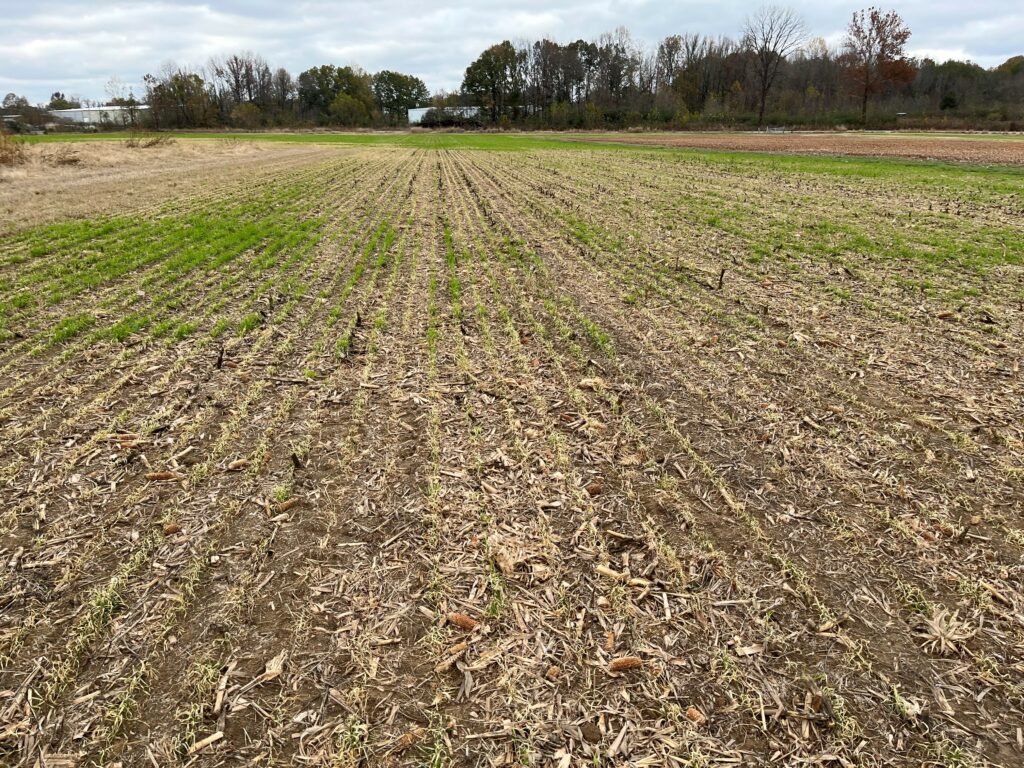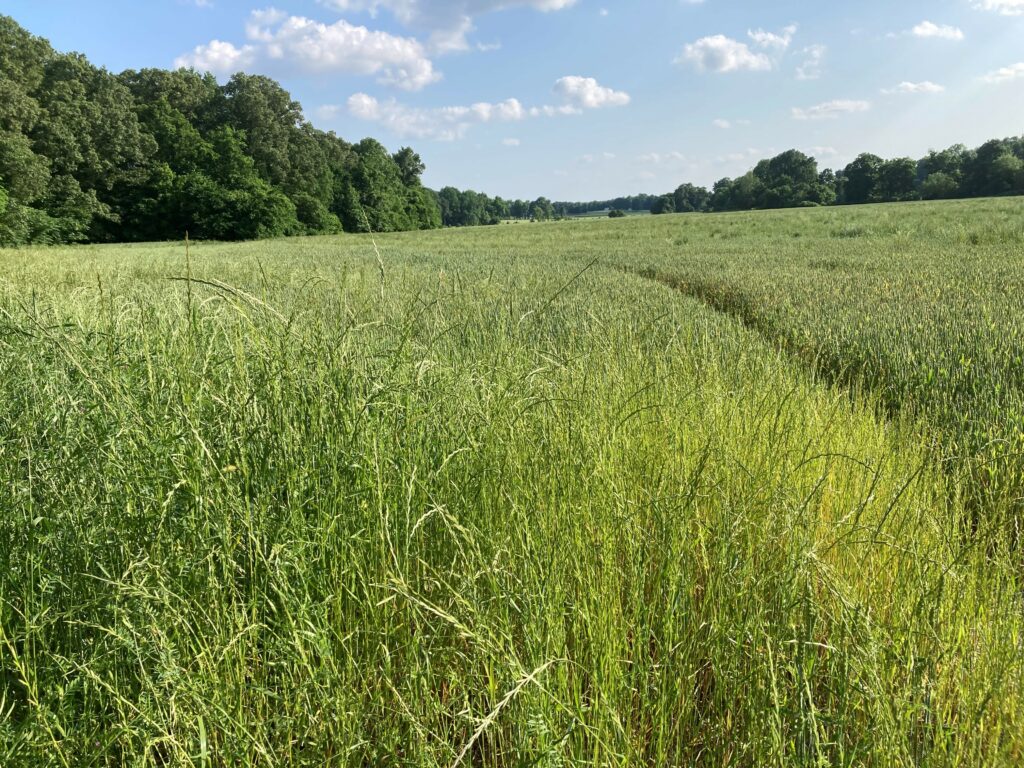
We have gotten several reports of wheat showing metribuzin injury this week. In some cases it clearly was caused by metribuzin (Picture 1). In other cases, the visual injury would suggest frost damage (Picture 2). Continue reading

We have gotten several reports of wheat showing metribuzin injury this week. In some cases it clearly was caused by metribuzin (Picture 1). In other cases, the visual injury would suggest frost damage (Picture 2). Continue reading

The long hot and mostly dry June and July have driven a good bit of our corn crop to premature maturity. Similar to the drought of 2012 when the corn crop burned up, I would expect a good bit of the prematurely matured corn will be harvested in August and early September. In 2012 a good bit of that early harvested corn was planted to wheat well before the fly free date. I expect many will manage this disappointing corn crop similarly this fall. Continue reading
This year’s County Standardized Trials (CST) Wheat data are in. In fall of 2021, we had 7 successful wheat variety test plots planted, with 13 varieties coming from 5 industry leading seed providers. Summer 2022 harvest resulted in: locations averaged from 38 bu/ac to 120 bu/ac with an overall average across locations and varieties of 88.4 bu/ac. A full report including OVT data is available at search.utcrops.com.
click on table to enlarge
The CST program utilizes County Agents and local producers to evaluate variety performance in on-farm, large strip trials. Each trial is a minimum length of 300 feet and trials are managed using the producers’ chosen practices in accordance with UT recommendations. A special thanks to all Agents and producers involved, along with our seed industry partners!!
For more information on UT’s variety testing programs, please contact your County Extension Office.


Ryegrass has moved from being an aggravation 10 years ago to a significant weed issue in our row crops. In wheat at this point, the yield loss caused by the weed has occurred (Picture 1). In cotton and soybeans, clethodim can be used now to push this weed on to maturity. In corn, there is no real solution to controlling it other than spraying the typical POST corn premix and hoping that pushes the ryegrass on to maturity (Picture 2).
The wheat fields that were consistently clean of ryegrass were those treated with either Anthem Maxx, Zidua or Axiom last fall. A good bit of the ryegrass population in the state is resistant to ALS-inhibiting herbicides which renders herbicides like Osprey, Finesse, and Powerflex harmless to ryegrass. Axial Bold has shown improved ryegrass control in spring applications over those ALS-inhibiting herbicides but it does not offer the consistent ryegrass control as those delayed PRE-applications of Anthem Maxx, Zidua or Axiom.
Johnsongrass is also a consistent problem in a good many cornfields. Glyphosate is just not providing any traction in the burndown on Johnsongrass and the POST in-crop applications are no better. Our most recent research funded by the Tennessee Corn Checkoff program has shown that Steadfast Q or Accent Q can still provide good control of Johnsongrass when glyphosate fails.
Even though wheat is still dormant, you don’t have to be when it comes to learning about Fusarium Head Blight (FHB)/head scab of wheat and barley. On March 15, 2022 there is a free 2-hour webinar (called “Scabinar”) starting at 10:00 am CST. Continue reading
UT is implementing a new method of sending information to agricultural professionals. Remind is texted based communication system that facilitates information delivery via text or push notification. Messages are limited in length and recipients can directly message senders with questions. Enrolling is free and easy and takes less than a minute. Follow the instructions below to enroll in a crop specific class (cotton, corn, soybean, wheat or tobacco).
The two most common weeds in our wheat every year are poa and ryegrass. The fall is the best time to control these two weeds in wheat. Continue reading


This has ,clearly, been the worst year for ryegrass in the state in both corn and wheat. There are a good many corn fields that are clean where the burndown was glyphosate + clethodim. Fields where dicamba was added in the burndown are, in most cases, the most infested with ryegrass. As mentioned in a previous blog, other than just going out and spraying the typical POST corn application and hoping that pushes the ryegrass on to maturity there is no real solution to controlling it. Continue reading